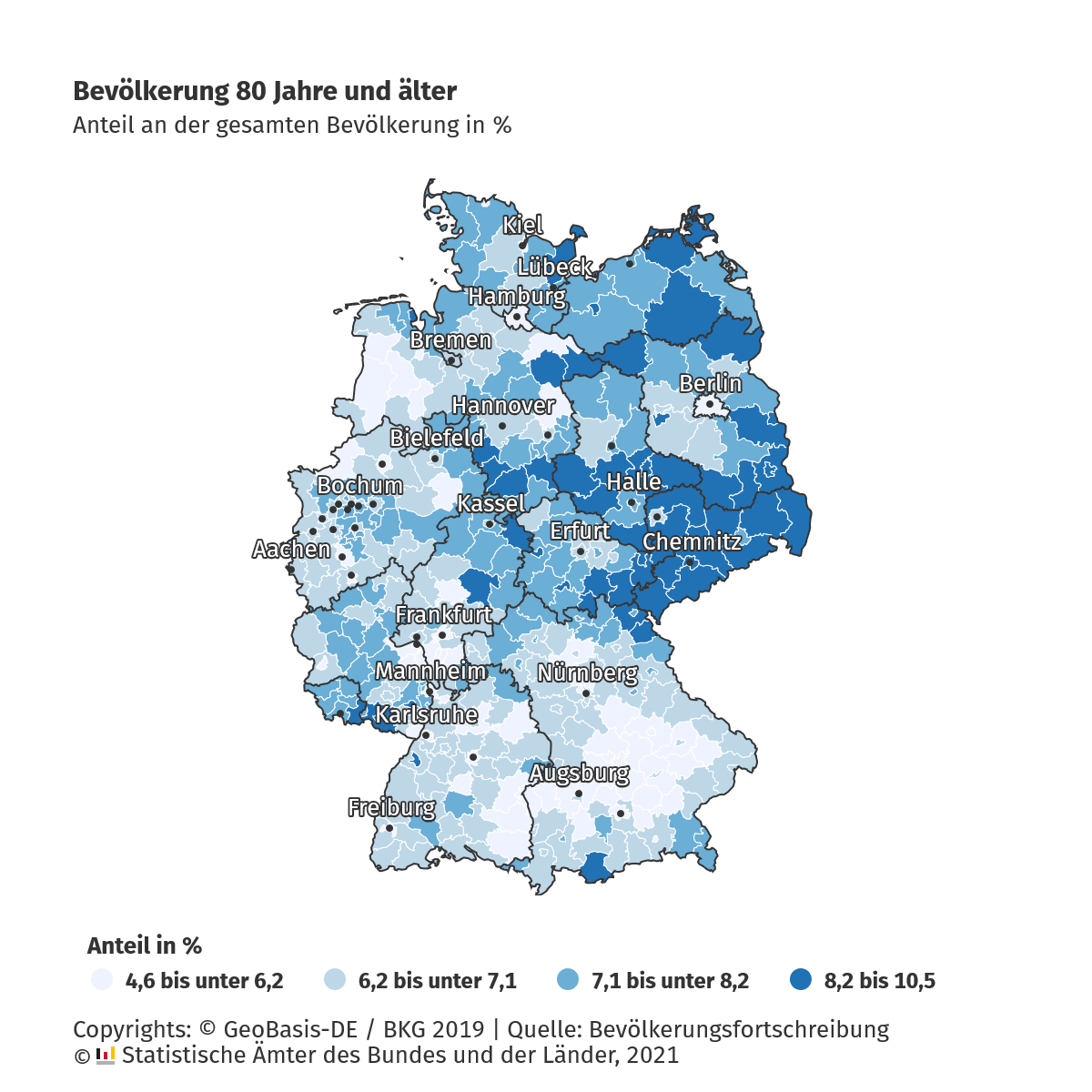–
–
26.03.2021 11:00
Microscopic fluctuations help bacteria at work
Physics: Publication in Nature Communications
A publication from the theoretical physics of the Heinrich Heine University Düsseldorf (HHU) with American partners provides new knowledge about the diffusion process in complex and living systems. This has far-reaching implications for bacterial biofilms, active coatings and even mechanisms to eliminate pathogens like Covid-19.
If you drop ink into a glass of still water, the diffusion causes the slow coloration of the water. However, although it has been known for many decades how diffusion processes can be described, it is still not well understood how they function in more complex systems such as living organisms.
A study now published in Nature Communications offers new insights into the diffusion process of complex systems. Prof. Dr. Hartmut Löwen from the HHU Institute for Theoretical Physics II developed together with Prof. Dr. Arnold Mathijssen from the University of Pennsylvania and Prof. Dr. Francisca Guzman-Lastra from the Universidad de Chile in Santiago developed a new theoretical framework for diffusion. This has far-reaching effects on a number of systems with active surfaces, including biofilms and active coatings. Mechanisms can also possibly be derived from this to eliminate pathogens.
Prof. Löwen: “In principle, diffusion is described by so-called Fick’s laws. They say that particles, atoms or molecules always drift from an area with a higher concentration to an area with a lower concentration. ”This means that diffusion determines the spread of small molecules in the body. However, when the particles to be transported get larger – like proteins or cells – the standard diffusion is too slow for real transport.
Such particles require active transport components. In biology these are called “active carpets” – for example cytoskeletal motors or cilia, which add small amounts of energy to the environment so that diffusion becomes more efficient.
Even before the corona-related lockdown, the international cooperation between Prof. Löwen, Prof. Mathijssen and Prof. Francisca Guzman-Lastra was established during a visit to Düsseldorf. They wanted to understand how active movement on substrates can trigger effective solvent flows.
Biofilms are an important example of active carpets. These are layers of microorganisms – such as bacteria, algae or fungi – and also multicellular organisms that develop on surfaces and form a layer of mucus there. These films are particularly critical in medicine, as pathogens that are protected from the immune system by the mucus can also multiply in them.
Bacteria in biofilms use their flagella or flagella to create “currents” that pump fluids and nutrients from their surroundings. But how can biofilms take care of themselves when nutrients are only accessible to a limited extent? Prof. Löwen said: “You can increase your food intake by generating currents. But this also costs energy. The central question for us was: How much energy do you put in to get how much energy out? “
In order to understand both the bacterial dynamics and Fick’s laws, the researchers developed a model similar to the so-called Stokes-Einstein equation, which describes the equilibrium relationship between temperature and diffusion. They found that microscopic variations can explain the changes they saw in particle diffusion. The new model also found that the diffusion created by small movements is incredibly efficient, allowing bacteria to produce a large amount of food with just a small amount of energy.
“We have now derived a theory that predicts the transport of molecules within cells or in the vicinity of active surfaces,” says Prof. Guzman-Lastra, and continues: “My dream would be that these theories would be applied in different biophysical environments “Prof. Mathijssen points out the cilia in the lungs, which form the first line of defense against pathogens such as COVID-19. They are another important example of active carpets in biology:” In addition to a general experimental test, the top is the agenda of whether our active carpet theory can be linked to the elimination of pathogens in the respiratory tract. ”
Originalpublikation:
A. Mathijssen, F. Guzman-Lastra, H. Löwen, Active carpets drive non-equilibrium diffusion and enhanced molecular fluxes, Nature Communications, 26.3.2021
DOI: 10.1038 / s41467-021-22029-y
Features of this press release:
Journalists, scientists
Biology, physics / astronomy
supraregional
Research results, scientific publications
Deutsch
–
